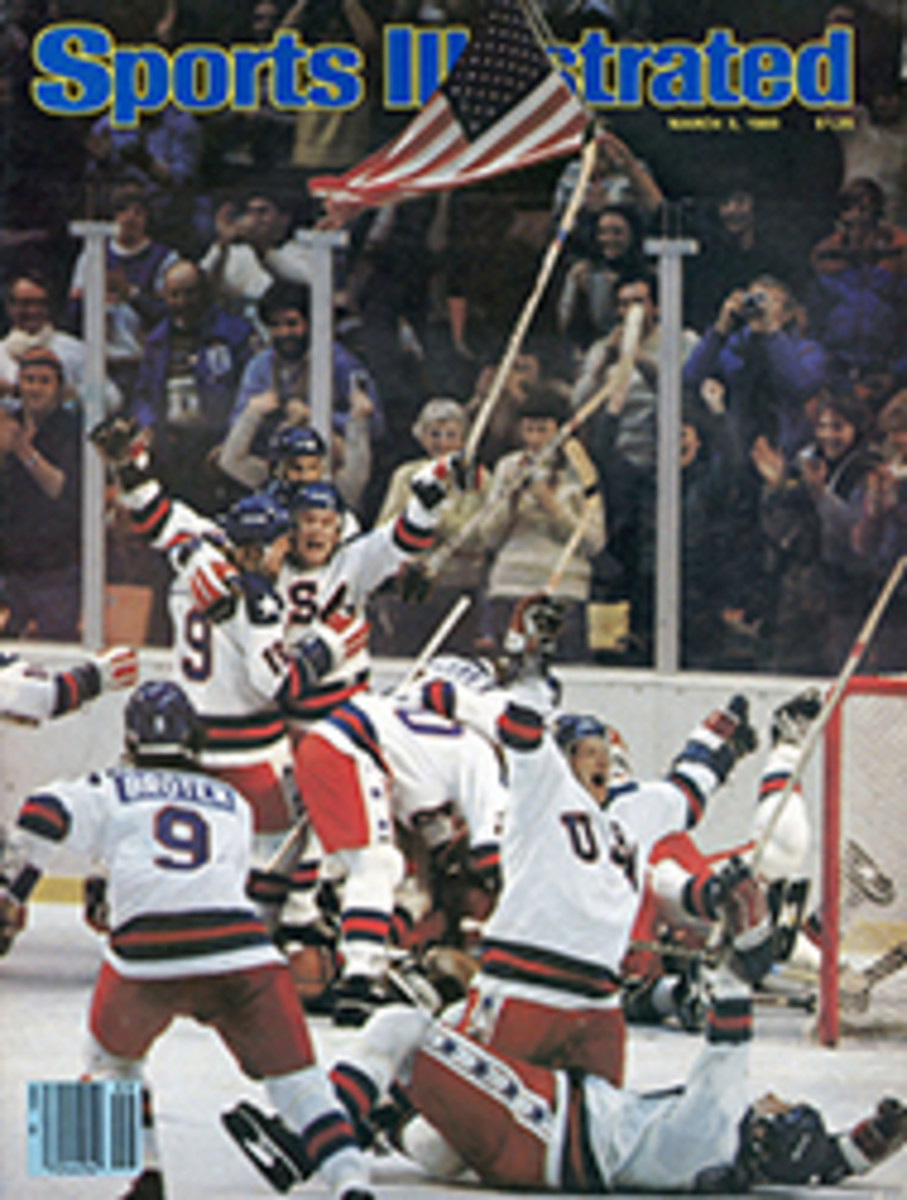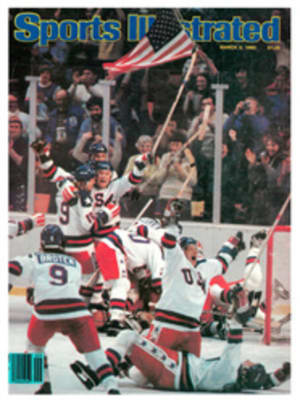
LETTER FROM THE PUBLISHER
Thoroughly prepared for what has turned out to be the most extensive coverage we have given any Winter Olympics (see pages 16-29 and last issue), the six SI photographers shown above converged on Lake Placid with more than a ton and a half of equipment, worth in the neighborhood of $175,000, give or take a $10 filter or two. Not all of the gear was hauled to work each morning, perhaps not more than 65 pounds per man, as the six (known by the end of the second week in Lake Placid as "the Half-Deadly Half-Dozen") grappled with two of the tougher environments known to photography, winter and the Olympics. Possible combinations of conditions that spell trouble—frostbite, red tape, gray light, imperious policemen, ice, snow, rain, fogged lenses, frozen film, etc.—approach infinity in any given Winter Olympics, but among them the HDHD can, and occasionally do, boast a total of 126 years as professional photographers and 22 Olympics, and they coped.
Working out of a rented house that was occasionally mistaken by out-of-towners for the rectory of St. Agnes Church next door (they had to turn down a request for ashes on Ash Wednesday night), the six and their assistants negotiated the Lake Placid venues with two four-wheel-drive vehicles—a Dodge Ramcharger and Ford Bronco—without mishap. Heinz Kluetmeier, on foot and fully laden with cameras to cover the downhill, had a nasty 150-yard fall, but he wrapped his strained knee with duct tape and carried on.
The real trick, of course, was handling the cameras. Eight winterized Nikon F2As (with no lubricants to freeze) had been sent from Japan, but in the relative warmth of this winter the photographers found that their regular Nikons worked pretty well. Difficulties did occur with film and batteries, however. In subzero temperatures the former may get brittle and the cameras may chew it up, necessitating what Bill Eppridge calls the 45-second one-handed reload: put 600-mm lens between knees and film leader in mouth to warm it enough to bend; hold one hand over back of camera to keep snow out and remove and replace film with other. One can also keep the whole camera under a parka, just whipping it out for the shot, or put the battery, which extreme cold can render inoperative, in a pocket, with the wire leading out to the camera. In the case of remote-control cameras set up ahead of time, the photographers sometimes taped hand-warmers to them, or rigged them up in their carrying cases with the hand-warmers taped inside the cases. (One of Kluetmeier's remotes went from warm to hot. Somebody stole it.)
But the ultimate solution to photographic survival comes from a man far more accustomed to bitter weather and bureaucratic tangles than even the SI Six. Veteran Soviet photographer Boris Svetlanov, who for years has covered the annual reindeer race at Murmansk, says, "Carry vodka in camera case. Just remember, it is for use after taking picture, not before."
PHOTO
Mushing to the fray: photographers (left to right) Enrico Ferorelli, Jerry Cooke (front), George Tiedemann, William Eppridge, Heinz Kluetmeier and Eric Schweikardt.

